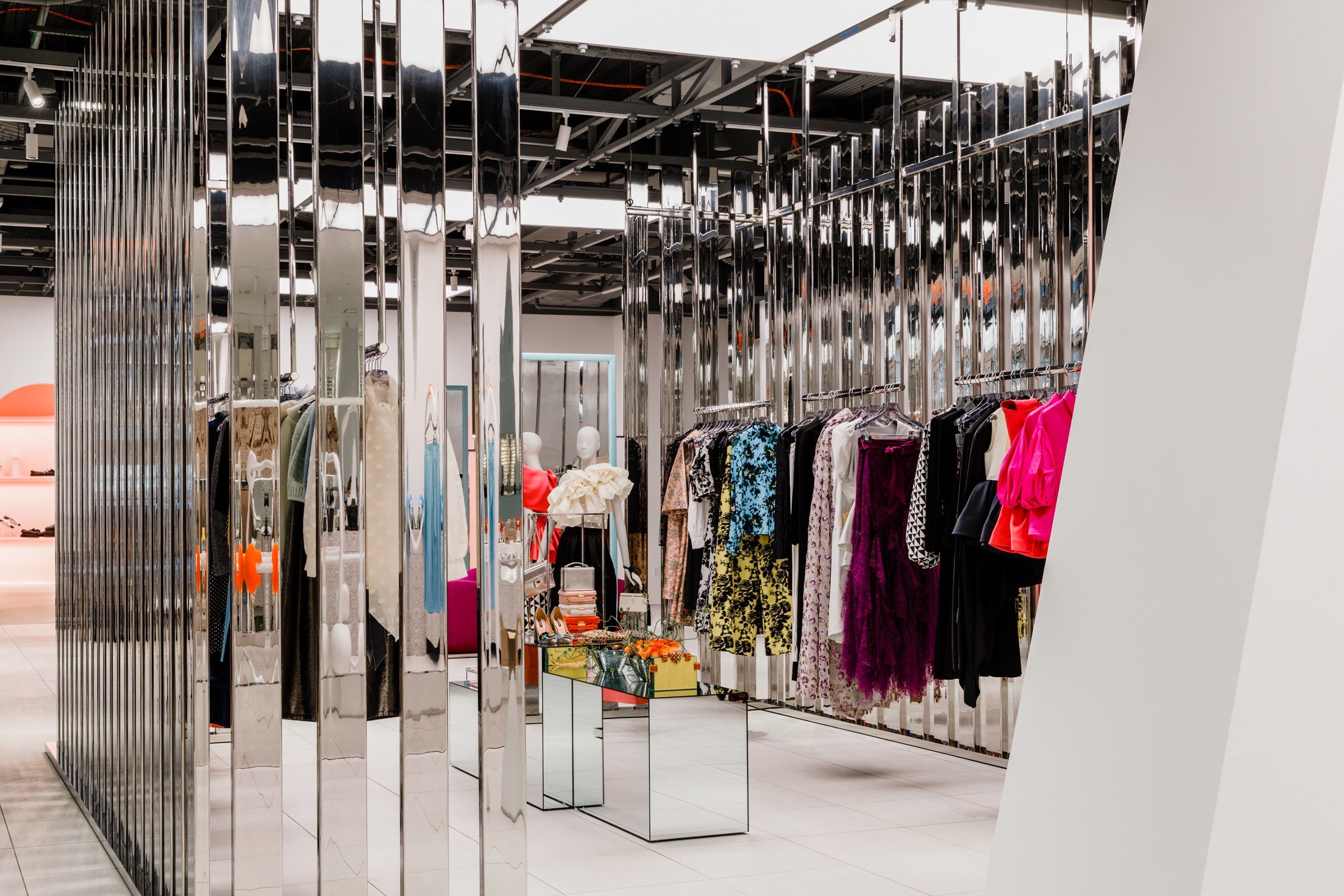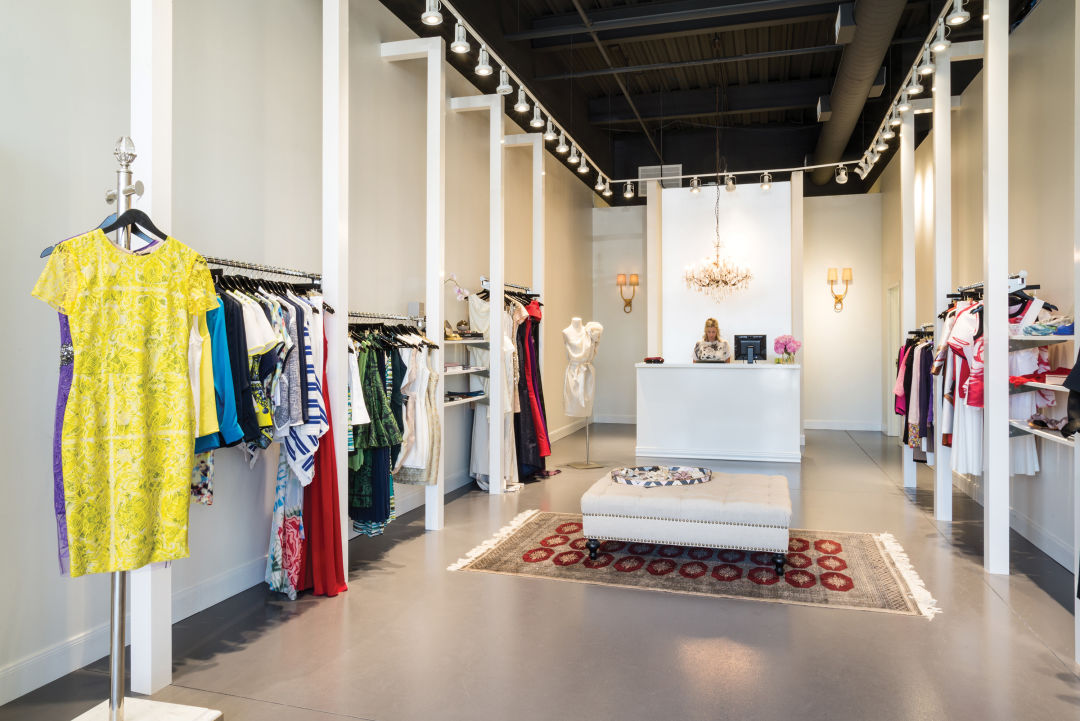Discover the Latest Patterns in Boutique Fashion for Every Season
Discover the Latest Patterns in Boutique Fashion for Every Season
Blog Article
Checking Out the Evolution and Influence of Garments on Modern Fashion Trends
The development of clothing has actually substantially influenced contemporary style fads, merging historical criteria with advanced technologies. Famous figures like Coco Chanel and Yves Saint Laurent reinvented the apparel industry by introducing concepts that focus on convenience and availability, which remain to resonate today. Technical strides in locations such as 3D printing and clever fabrics are redefining layout opportunities and customer experiences (boutique fashion). Additionally, the growing emphasis on inclusivity and sustainability is reshaping industry requirements. As we think about these diverse impacts, one need to doubt exactly how these aspects jointly redefine fashion's role in reflecting and shaping contemporary culture.
Historic Fashion Influencers
In the tapestry of style history, particular numbers have actually left an enduring mark, forming the trends and styles that specify entire periods. Coco Chanel, a cutting edge designer, redefined females's fashion by presenting comfy, stylish clothing that departed from limiting corsets.
Elsa Schiaparelli is one more pivotal figure, renowned for her progressive designs that integrated surrealist art, teaming up with Salvador Dalí to develop wayward items that challenged traditional aesthetics. Her ingenious usage of shade and bold patterns reverberates in contemporary style. Yves Saint Laurent, at the same time, democratized high fashion with prêt-à-porter collections, bringing runway designs to the masses and establishing a precedent for modern ready-to-wear lines.
These visionaries, to name a few, not only reinvented style in their times but also set sustaining fads that resonate in today's garment industry, offering a foundation upon which contemporary developers remain to innovate and build. Their traditions highlight the relevance of creativity and daring in fashion's ever-evolving story.
Technical Innovations in Fashion
In the middle of the dynamic landscape of the fashion market, technological developments stand at the leading edge of technology, reshaping exactly how developers develop and customers involve with style. The assimilation of 3D printing has actually changed layout processes, allowing designers to try out intricate structures and lasting materials that were previously unthinkable. This modern technology promotes rapid prototyping, decreasing waste and accelerating manufacturing times.

Smart fabrics, embedding modern technology into textiles, are likewise changing the industry. Innovations like temperature-regulating and self-cleaning materials supply enhanced performance and convenience. Wearable technology, integrating features like health and fitness monitoring and interaction, adds a brand-new dimension to fashion, combining looks with practicality.
Cultural Shifts and Style
As technological developments remain to improve the fashion business, social changes are just as significant, redefining design and customer choices. In recent times, the surge of social media sites systems has actually increased the dissemination of worldwide fashion patterns, enabling varied cultural influences to exist together and assemble. This digital interconnectivity has helped with the fast exchange of ideas, resulting in a much more eclectic and inclusive interpretation of style that shows the diverse nature of contemporary society.
Social recognition and admiration have actually triggered designers to draw inspiration from a broader range of historic and ethnic contexts, integrating useful link traditional concepts with modern visual appeals. This fusion has actually caused fashion that resonates with a wider target market, advertising a sense of identification and belonging throughout different demographics. In addition, the boosting need for personalization has actually driven brand names to provide personalized alternatives, allowing consumers to reveal uniqueness while mirroring their social heritage.
Furthermore, shifting social values have influenced style, with inclusivity and diversity becoming main motifs. The industry has begun to accept versions and influencers of numerous type of body, ethnic cultures, and gender identifications, difficult conventional elegance standards. This makeover highlights the power of social shifts in forming the future of fashion, as style becomes a much more authentic expression of cumulative and personal identification.
Sustainability and Modern Design
While the apparel industry proceeds to advance, the critical for sustainability has actually become significantly urgent, influencing modern-day design methods. This shift intends to deal with ecological problems and ethical considerations, bring about a reevaluation of conventional manufacturing techniques. Designers are currently incorporating sustainable materials, such as organic cotton, recycled polyester, and eco-friendly textiles, into their collections, decreasing the ecological footprint of fashion. The increase of slow-moving style, which stresses quality over quantity, encourages consumers to purchase ageless items instead than short-term fads.
Furthermore, modern design is identified by its technology in minimizing waste Recommended Site and promoting circularity. Techniques such as zero-waste pattern cutting and 3D knitting are acquiring traction, allowing developers to develop garments with very little material waste. Additionally, brands are taking on transparent supply chains, making certain liability and fostering customer depend on. This technique not just reduces environmental influence yet additionally improves the social duty of fashion homes.

Future Trends in vogue

Sustainability will certainly continue to be a driving force in forming future style trends. The industry is significantly embracing green products and ethical manufacturing techniques, replying to a growing customer need for liable methods. Advancements such as bio-fabricated materials and closed-loop recycling systems are readied to redefine how apparel is created and eaten, minimizing environmental effect while maintaining design and quality.
Social changes, consisting of the increase of inclusivity and variety, will additionally play an essential duty. As society comes to be much more mindful of social problems, style is expected to end up being a platform for expression and modification. Developers will likely concentrate on look these up creating collections that reflect a broader variety of experiences and identities, promoting depiction and availability.
Verdict
The evolution of garments significantly affects modern-day style fads, where historic influences merge with contemporary styles. Trick numbers like Coco Chanel and Yves Saint Laurent have redefined style, while technological advancements such as 3D printing and clever fabrics expand imaginative possibilities. Cultural shifts towards inclusivity and sustainability force brand names to embrace and embrace honest methods diversity. This continuous advancement emphasizes style's duty as a mirror to social worths and technological development, suggesting a future rich with advancement and inclusivity.
The evolution of clothes has considerably influenced modern-day fashion patterns, merging historic criteria with advanced technologies.Among the dynamic landscape of the fashion industry, technical improvements stand at the leading edge of development, reshaping just how designers create and customers engage with fashion.While the style market proceeds to progress, the important for sustainability has actually ended up being progressively immediate, affecting modern layout methods. As sustainability becomes ingrained in modern layout, it paves the means for an extra mindful and responsible style industry.
The advancement of clothes considerably influences contemporary style patterns, where historic influences combine with modern designs.
Report this page